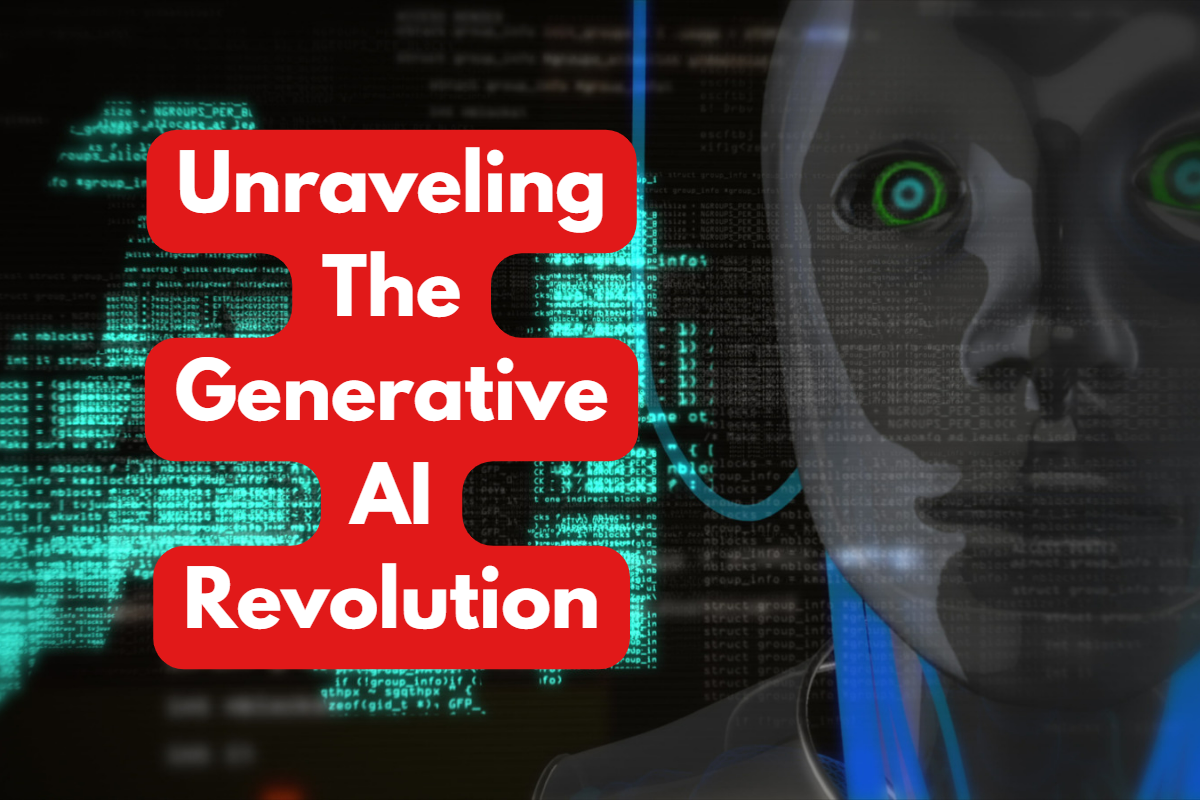Generative AI, exemplified by models like ChatGPT, has rapidly transformed the education landscape, offering a range of unprecedented benefits and challenges. As educators and policymakers attempt to harness the full potential of this technology, it is crucial to understand its impacts on the education system.
Benefits
- Personalized Learning: Generative AI enables the creation of personalized learning experiences, adapting to individual student’s needs, abilities, and learning styles. By providing real-time feedback, AI-driven platforms can help students develop a deeper understanding of the subject matter and improve overall performance.
- Inclusive Education: AI-powered tools can bridge gaps in learning by providing support to students with special needs, such as those with dyslexia or autism. These tools can offer customized educational content, improving access to quality education for all students.
- Supplementing Teachers’ Efforts: AI-driven platforms can serve as valuable tools for teachers, assisting with administrative tasks, lesson planning, and content curation. By reducing the workload, teachers can focus on fostering meaningful relationships with students and delivering high-quality instruction.
- Enhanced Global Collaboration: Generative AI allows students and educators to connect across geographical boundaries, fostering cultural exchange and collaborative learning. Virtual exchange programs can be facilitated, giving students access to diverse perspectives and enhancing their understanding of global issues.
Challenges
- Data Privacy and Security: With the increased reliance on AI-driven platforms, concerns surrounding data privacy and security arise. It is essential to establish robust data protection protocols to prevent unauthorized access to students’ personal information.
- Digital Divide: Despite the advantages of AI in education, unequal access to technology can exacerbate existing educational disparities. Students in low-income or remote areas may not have access to AI-driven tools, hindering their ability to benefit from personalized learning experiences.
- Teacher Training and Support: Integrating AI into the classroom requires training educators in effective usage and implementation strategies. Without proper support, teachers may feel overwhelmed, leading to resistance against adopting new technologies.
- Ethical Considerations: Generative AI models like ChatGPT can sometimes generate biased or inappropriate content. Ensuring that AI-driven platforms adhere to ethical guidelines is crucial to prevent perpetuating harmful stereotypes or misinformation.
AI Plagiarism: Should it be Considered Plagiarism?
At its core, plagiarism involves presenting someone else’s work as one’s own without proper attribution. In the case of AI plagiarism, the line between original and unoriginal work becomes blurred, as AI models can generate content that appears unique but is heavily influenced by the training data.
Some argue that AI-generated content should not be considered plagiarism, as it does not involve the direct copying of another’s work. However, others maintain that the use of AI-generated content without proper attribution or acknowledgement of the AI’s contribution should be regarded as plagiarism, as it undermines the principles of academic integrity and fair attribution.
Detecting AI Plagiarism: The Role of Originality.AI
As AI plagiarism becomes increasingly prevalent, tools to detect and prevent it have emerged. One leading solution is Originality.AI, a platform designed specifically to identify AI-generated content in academic works.
Originality.AI utilizes advanced algorithms and machine learning techniques to analyze the linguistic patterns, syntax, and style of submitted texts. By comparing these features to those found in AI-generated content, the tool can effectively identify instances of AI plagiarism.
In addition to detecting AI-generated content, Originality.AI can also help institutions and educators develop a deeper understanding of the nuances of AI plagiarism. This can lead to the establishment of clearer guidelines and protocols to maintain academic integrity in the age of generative AI.
Opportunities
- Remote Learning: Generative AI can enhance remote learning experiences by providing personalized instruction and real-time feedback. This can help bridge the gap between in-person and online education, particularly during periods of extended school closures.
- Career Guidance: AI-driven platforms can help students make informed decisions about their future careers by analyzing their skills, interests, and educational backgrounds. This can lead to better job satisfaction and economic outcomes for students.
- Lifelong Learning: Generative AI can support continuing education for adults by providing tailored learning resources and opportunities. This can help individuals remain competitive in the job market and contribute to economic growth.
Conclusion
The integration of generative AI in the education system offers numerous benefits, from personalized learning experiences to enhanced global collaboration. However, it also presents challenges in terms of data privacy, digital divide, teacher training, and ethical considerations. By addressing these concerns and capitalizing on the opportunities presented, generative AI can revolutionize the future of education, benefiting students, educators, and society as a whole.

